Some recent Animoog news of interest
‘Unanimoog’ Featured by Moog
I am delighted that Moog Music featured my Animoog solos album on their front page and dedicated a page on their site to the album. As far as I’m aware, it’s the first time Moog put such a spotlight on Animoog creations.
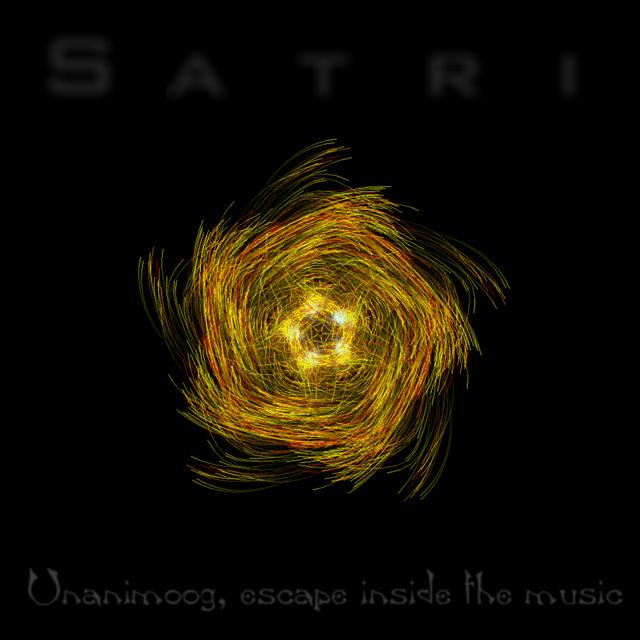
Thank you Moog! :-) — Satri
If you haven’t got the ‘Unanimoog, escape inside the music’ album of Animoog solos yet, get it now, it’s free.
Animoog Players Map Improvements
We recently announced the ‘Animoog Players Map’ experiment. It’s nice to see that a few fellow Animoog players already added themselves to the map. The improvements done since initial launch:
- There are now several screenshots in the instructions to make it easier for everybody to add themselves to the map
- There’s are now symbols and colors on the map markers
Want to see the improved instructions and maybe add yourself to it? Here it is!
Animoog version 2.2.4 is coming
With Moog’s renewed focus on Animoog development, they selected a few beta testers to help improve the app we love. I’m one of those lucky Animoog beta testers. And the excellent news is that version 2.2.4 has been submitted to the App Store and should be available to all any day now. Moog developer Geert Bevin publicly shared on Facebook the following list of changes and fixes:
- Stable support for iOS 8
- Stable support for 64-bit devices
- Revised timbres panel with categories (touch-hold timbre in category for preview)
- Fixes for timbres showing up with domain name prefixes
- Audiobus input slot compatibility fixes
- Virtual Animoog MIDI ports are now always available even if no port is explicitly selected
- Improved IAA instrument compatibility (IAA transport panel will be done for a future release)
- Use with any buffer size from 128 to 4096 (256 being the intended size for all supported devices)
- Fixes for restore purchase functionality
- Improved in-app store layout and interaction
- iTunes File Sharing access to timbres, presets and projects
- Removed import/export preset from setup panel since iTunes File Sharing should cover all needs
- Added timbre category list under ‘random preset’ to enable/disable categories to randomize timbres from
- 4-track recorder fixes for loading clips, pasting clips and AudioPaste
- 4-track project fixes for save/load/delete/share
- 4-track now remains unlocked when not connected to network
- Pitch bend range is now always saved with presets and correctly loads from presets when this option is active
- Pitch and mod strips now light up with incoming MIDI
- Hold button now more clearly show when it’s active
- Manual MIDI CC input now ensures only numbers can be entered
- Keyboard scale selection now doesn’t misbehave after selecting the whole tone scale
- Preset panel is laid out more consistently
- Resuming after interruptions from Siri now reactivates audio
- Proper handling of large amounts of MIDI expression data, coming from alternative controllers
- Updated built-in manual
While you now know in advance most of the wonderful surprises the next Animoog version will bring, expect me to post a new entry when it will actually become available for download.
Still reading?
Next major step for Animoog.org is to provide an updated Expansion packs table, which I hope to complete before mid-June. Afterwards, I have a little surprise for Animoog players, but since I’ll be away from computers most of the Summer, I expect to launch this new Animoog.org component during Fall 2015. Cheers — Alex / Satri




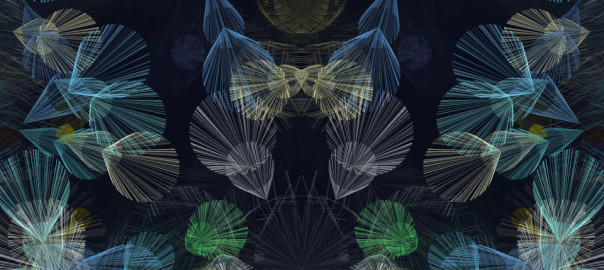
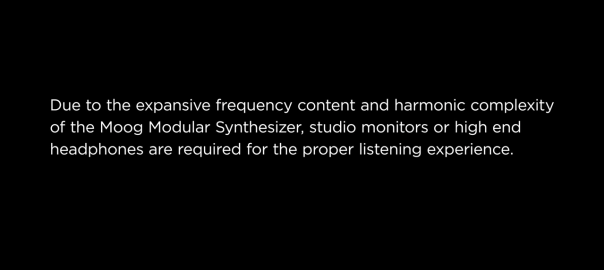
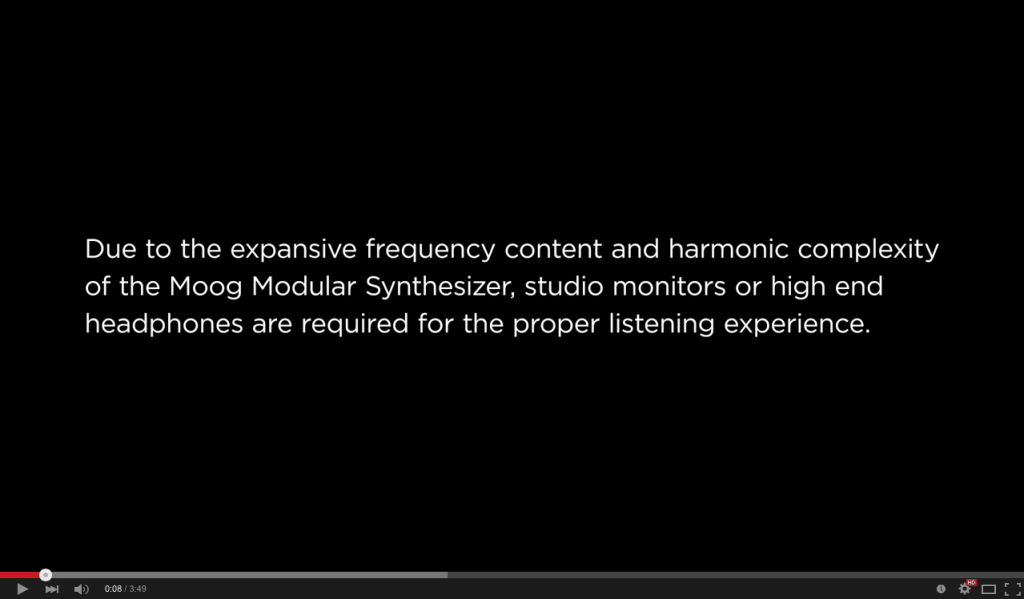
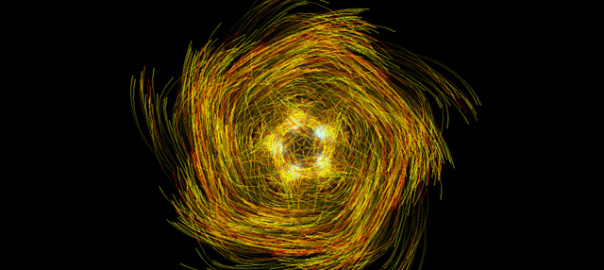
 I’m delighted to introduce you to my second music album named ‘
I’m delighted to introduce you to my second music album named ‘ It’s only recently that I discovered the richness of sophisticated electronic sounds. This new chapter really begun with the advent of Moog Music’s award-winning Animoog music instrument. After I came to know Animoog through unexpected lucky events, I became enamored with its expressive capabilities. It became a hobby to explore Animoog sounds on quiet Friday nights. Wanting to share my enthusiasm and contribute to a same-minded community, I launched Animoog.org in March 2014 to discuss and document everything revolving around the app. While lots of the work remain to be done, the website does offer value and is the only place where you’ll find a list of third-party Animoog expansion packs. My early 2013 Animoog improvisations sounded good enough to me that I decided to make a collection. While my playing improved, I started a second collection in January 2014 with the intention of making an album out of it. In August of the year I had enough material to prepare the release of most of those tracks on what became the ‘Unanimoog, escape inside the music’ album.
It’s only recently that I discovered the richness of sophisticated electronic sounds. This new chapter really begun with the advent of Moog Music’s award-winning Animoog music instrument. After I came to know Animoog through unexpected lucky events, I became enamored with its expressive capabilities. It became a hobby to explore Animoog sounds on quiet Friday nights. Wanting to share my enthusiasm and contribute to a same-minded community, I launched Animoog.org in March 2014 to discuss and document everything revolving around the app. While lots of the work remain to be done, the website does offer value and is the only place where you’ll find a list of third-party Animoog expansion packs. My early 2013 Animoog improvisations sounded good enough to me that I decided to make a collection. While my playing improved, I started a second collection in January 2014 with the intention of making an album out of it. In August of the year I had enough material to prepare the release of most of those tracks on what became the ‘Unanimoog, escape inside the music’ album. Similarly to my ‘Beau temps’ music album, released in 2002 under the royalty-free ‘open audio’ license – before Creative Commons licenses existed and at a time when it was unusual to provide albums for free on the Internet, this new album is available under the
Similarly to my ‘Beau temps’ music album, released in 2002 under the royalty-free ‘open audio’ license – before Creative Commons licenses existed and at a time when it was unusual to provide albums for free on the Internet, this new album is available under the  This album is ‘unmastered’, it’s the raw tracks for which sound levels have not been corrected and no adjustments were done to convey an enhanced listening experience. I resorted to a diversity of Animoog presets to create the 47 tracks of the album. Those presets were created by several sound designers and I have to thank them for making it possible for us to play with their soundscapes. Preset ambiances range from soft and harmonious sounds, with ping pong stereo delay or not, to rhythmic and more brutal sounds. Credit is given to the tracks’ presets and thus anyone can launch Animoog and replay a track they liked and make it much better, just like when someone sits in front of a piano to jam on an existing song.
This album is ‘unmastered’, it’s the raw tracks for which sound levels have not been corrected and no adjustments were done to convey an enhanced listening experience. I resorted to a diversity of Animoog presets to create the 47 tracks of the album. Those presets were created by several sound designers and I have to thank them for making it possible for us to play with their soundscapes. Preset ambiances range from soft and harmonious sounds, with ping pong stereo delay or not, to rhythmic and more brutal sounds. Credit is given to the tracks’ presets and thus anyone can launch Animoog and replay a track they liked and make it much better, just like when someone sits in front of a piano to jam on an existing song. I invite you to
I invite you to